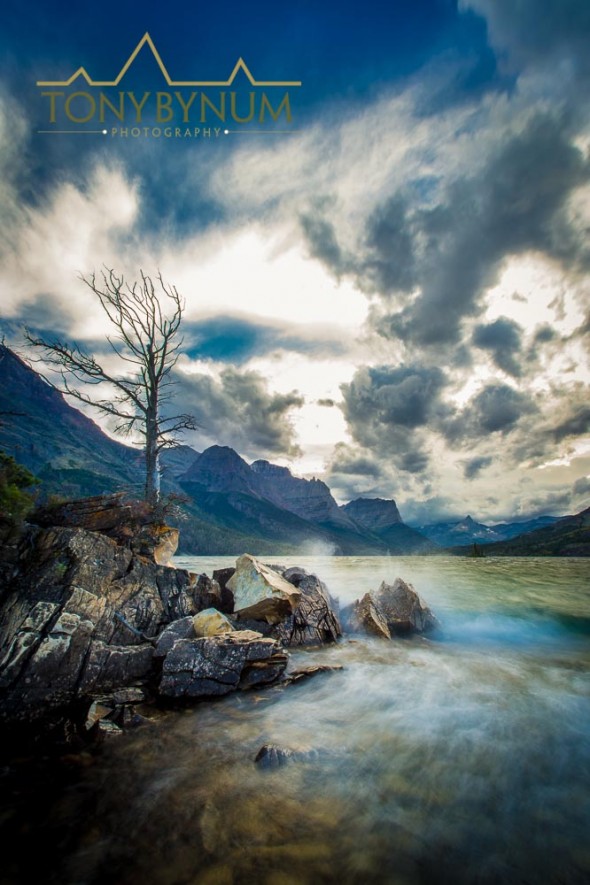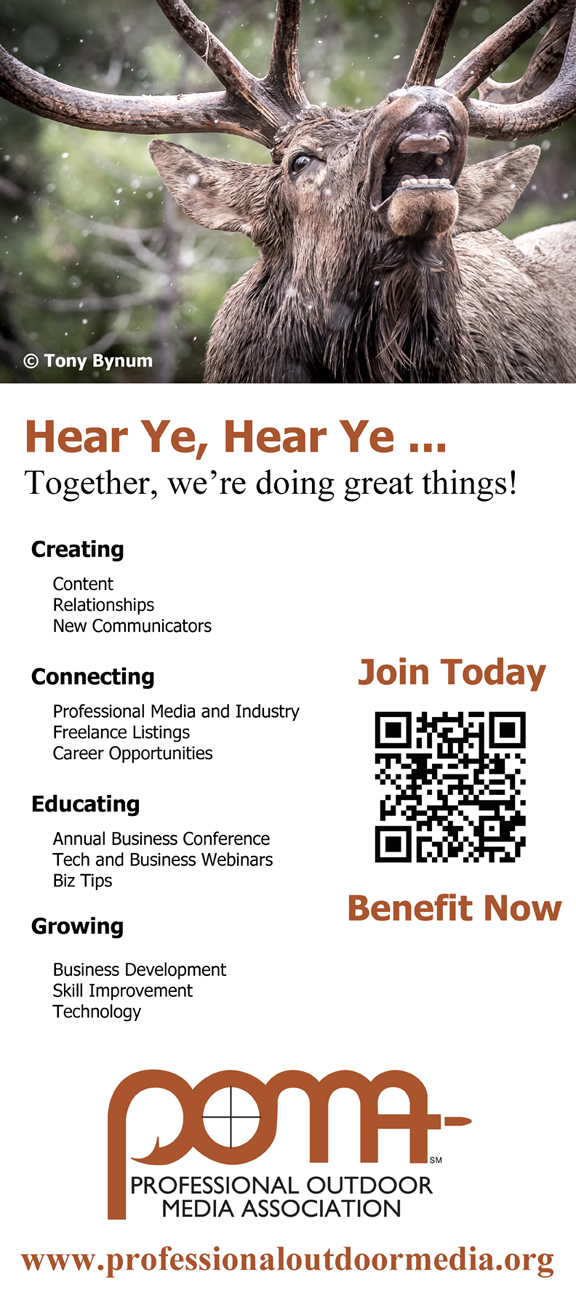Professional Outdoor Photographer - is there a future for professionals?
Is there a future as a professional outdoor photographer? As a professional outdoor photographer, I think about the future of outdoor photography, and where the art or profession is headed as a way to make a living. I'm asked questions like, "aren't you afraid that you wont be able to make money," and "what about all the competition - everyone has a camera these days and are literally giving away their photos just to see their names in print - doesn't that worry you?" Another common one, "what do you fear most about the future of your profession." People are assuming that the profession of photography is dying due to lower barriers to entry, more free time, more people with more money, and the improvement in technology, not to mention the changing culture and the fact that today's younger generation want what they want, and they wont be guided by rules and constraints. . .

So here's my answer. It's always the same, "I'm worried about my health (I'm not sick, but as our bodies wear out, it's harder to stay on top in the outdoor photography world), motivation to keep going, and ultimately my happiness." I don't spend time worrying about what other's say, do, or publish. I don't worry about the prices I'm paid for my hard work dropping though the floor. I'm in competition with myself to do the best job I can and make certain that everyone of my clients is taken care of. In other words, I just do what I do, and let the chips fall where they may.
So, why am I writing this? I'm writing this because I read a great article about photography and the new generation, and I absolutely loved it! I wanted to share it with my community of photographers.
The future is exactly where the past has been. Moving forward. Inventing newer, faster, smaller, better ways of visually communicating. The profession will leave behind those that can't or wont adjust. There's no stopping the momentum.
To me it's like a wave. If you're surfing, you're either paddling out and over the wave, riding in front of the wave trying to get enough speed to actually ride the wave (get on top of it), or you crash . . . I feel like I've always been paddling in front of the wave but never really been on the top - "owning it," so to speak. . . As good as some of my work is, (I'm not back slapping, I'm acknowledging hard work,) I still feel like I'm never "killing-it." The younger generation does not worry about "killing it." They "kick-it." They grow their hair out like we did when we were kids and I swear if I had my Welcome Back Kotter (I hope some of you remember that show) t-shirt that said, "up your nose with a rubber hose," I could sell it to one of these kids for a mint! That's just the way things are going . . . No restrictions, and no boundaries. The rules are blurry and becoming more blurry by the day. The younger generation is not compelled to follow the traditional process or get stuck in the quagmire of some sophisticated system of becoming an artist, they just do it!
The future of the professional outdoor photographer is positive. There is a future in it for those who are willing to embrace change learn to live the lifestyle . . . So, embrace the future. Move with it not against it. Ride the wave but better yet, skip "killing-it," and go right to "kickn-it."
If you're into photography, or philosophy, read this pieces by Kirk Tuck, I think you'll like it! Here is the link to Kirk Tuck's article,
The graying of traditional photography and why everything is getting re-invented in a form we don't understand.
Where do you think photography is headed? What are your challenges?
Sincerely,
Tony Bynum
P.S. Check out this great interview with Maury Postal if you want the "big-shot's, take on professional photography, it's worth the read http://www.pdnonline.com/features/Social@Ogilvys-ACD-9327.shtml
How to Ruin an Outdoor Photography Career with One Email
"My photographs have better colors than the one's you're using on the covers of your magazines. . . when you're ready to work with a real professional, give me a call" - source: unnamed "professional" photographer. Those are the paraphrased words from a real freelance photographer to a magazine editor asking if the editor would consider his work for publication. After the initial request, the editor politely told him that the content he uses is supplied mainly in-house, and therefore they were not accepting freelance or unsolicited photographs at this time. Following the editors reply, the photographer obviously felt it necessary to basically tell the editor that their stuff sucked, and then recommend to him, that he's the real pro. . .
What the photographer wrote in that email sounds absurd, right? Most of you would agree that it should go without saying that you don't start a new business relationship by telling those that you want to work with, they suck, but obviously it happens. I'm here to tell you, using that kind of language will not only get you nowhere, it will get you there fast, especially in a business community as small and tight as ours.
As a professional outdoor photographer myself, a photo editor, and contributor to many of the popular outdoor publications you've grown up with, and a pile of the more recent ones, how likely do you think I will be to consider using that guys photos, or refer him to someone else, or support him when someone calls me to verify his professionalism? Being confident and self-assured is one thing, but trashing the editor by telling them they need to work with a real pro, is nuts!
The professional outdoor media world is a relatively small industry. People know each other and share information about whose good, and what works and what doesn't, all the time. I'm not saying you have to toe-the-line or you won't make it. You should certainly chart your own course. But telling a magazine editor that their covers suck and that you're available if he/she needs a real professional, is a sure way to ruin your career.
So how do you make it in this business? Many people have found a mentor, or worked as an intern for an existing, well established individual professional or company. After getting the requisite experience, some branch out on their own and become a freelancer or start their own companies. The other way to do it is to just gut it out and work your butt off to create great content, and an even better markenting strategy.
A friend of mine, Stephanie Mallory, of Mallory Communications, and fellow member of the the Professional Outdoor Media Association (POMA), wrote a great article talking about her own experience and included a few citations and comments from others like Bill Konway, John Phillips, Michael Waddell, J. Wayne Fears, and Chad Schearer, describing briefly how they managed to, "make it" in the traditional outdoor media world. By Stephanie's estimation, it sounds like no matter what route you take you have to learn how to be a professional and work hard! I would agree.
I guess the moral of this story is that in order to become a professional, you must first learn how to act like one. Your first step should be to join an outstanding professional organization like the Professional Outdoor Media Association (POMA) - you can find us on Twitter @poma_hq, or contact me directly with by commenting on this post, or shoot me a tweet @tonybynum.
POMA's Mission @poma_hq simply put, is:
We are having our annual conference March 6-9th 2013 in Columbia South Carolina, here are the details, "Professional Outdoor Media Association Annual Conference."
Sincerely, Tony Bynum
Twitter: @tonybynum
facebook.com/tonybynumphotography
#MustFollowMonday - @tonybynum Always sharing interesting content. Photographer, key player in outdoor industry.
— Cam Pauli (@CamPauli) February 11, 2013

